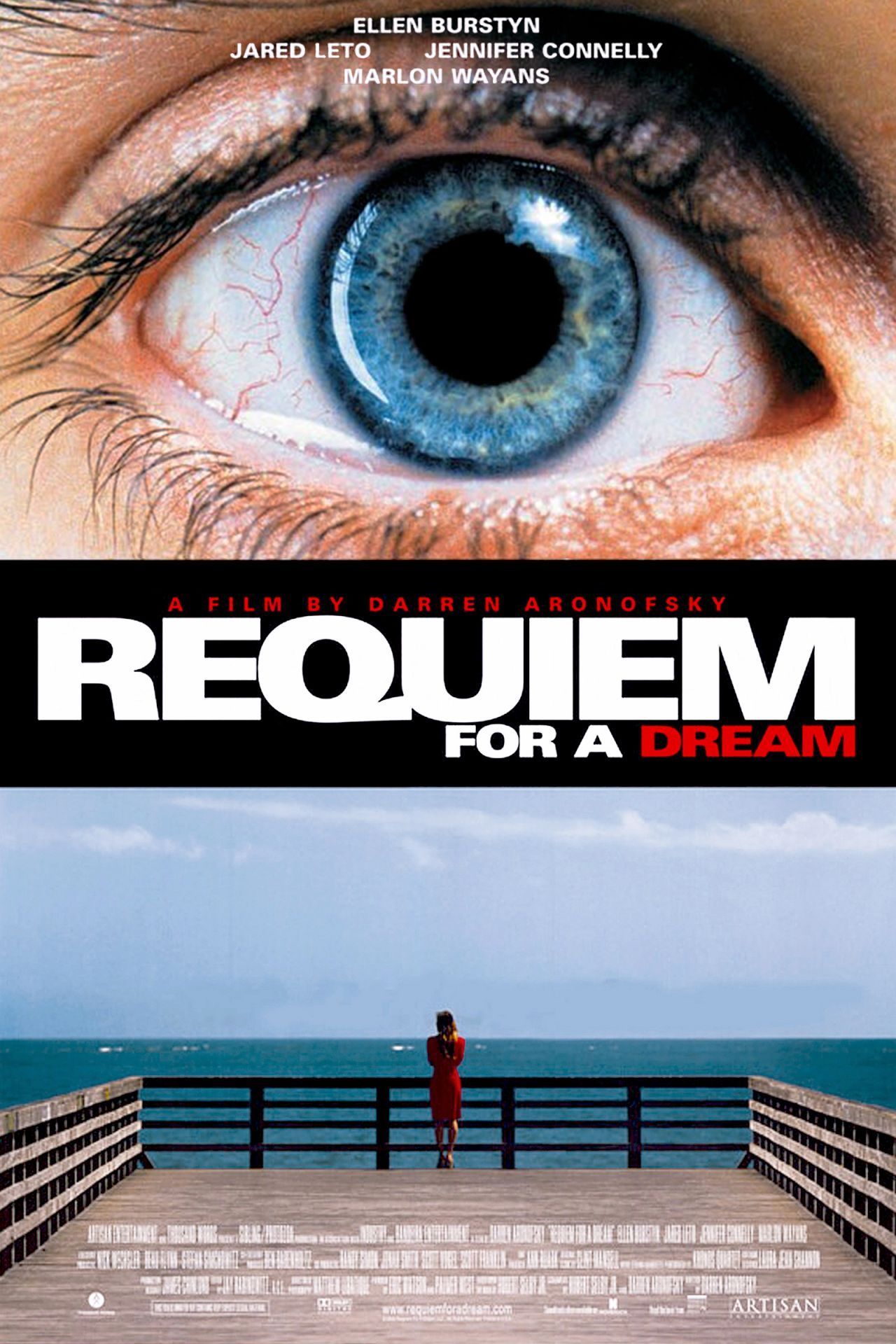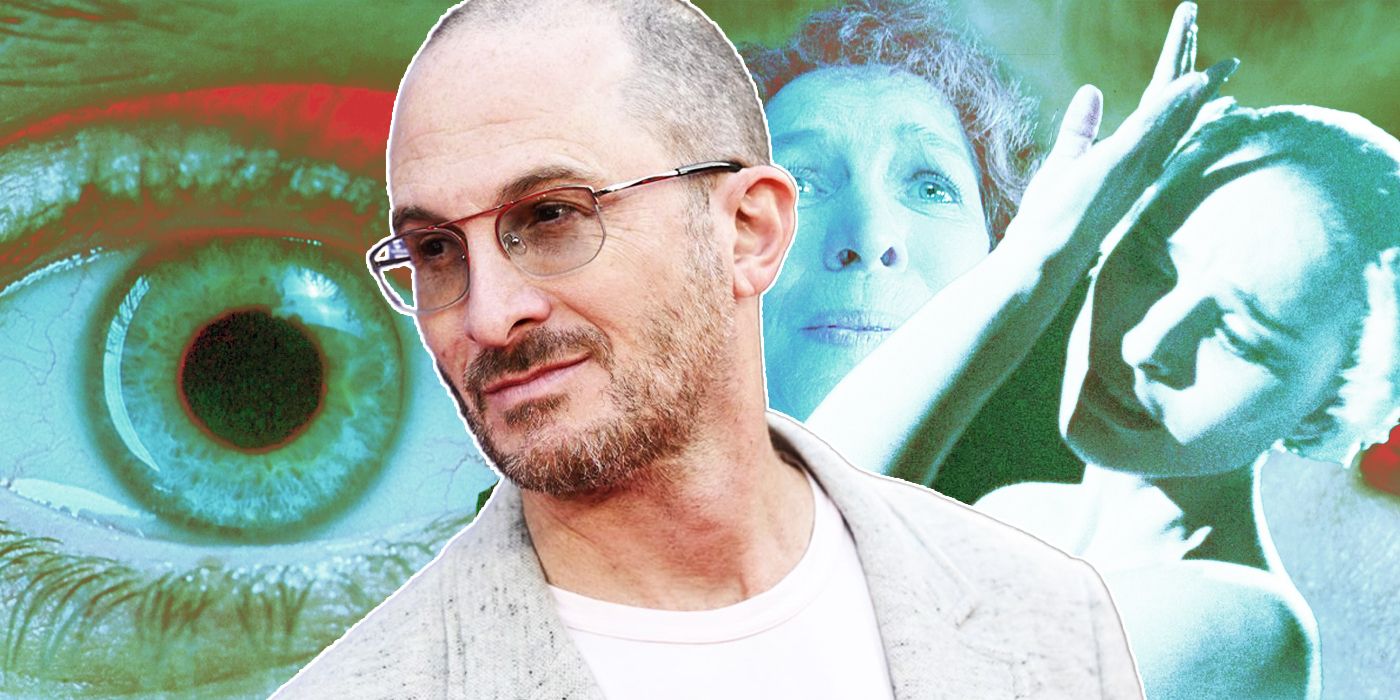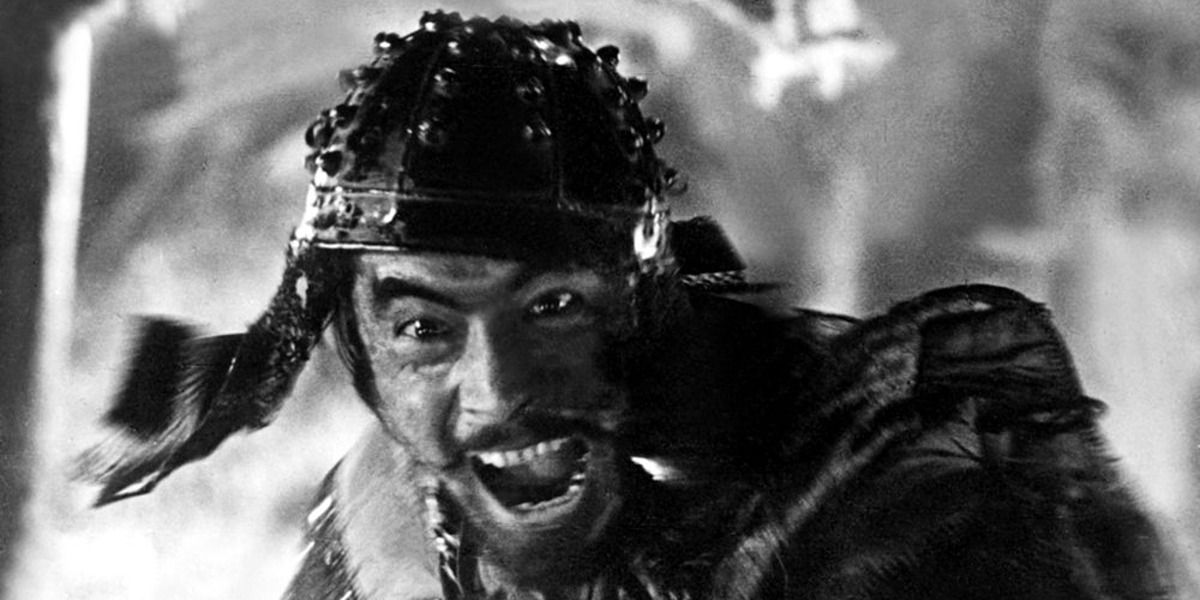The Big Picture
- A serendipitous mistake in filming
Requiem for a Dream
resulted in a slightly soft image that enhanced the character’s emotional state. - Director Darren Aronofsky faced a tough decision in the editing room between retaining an emotionally perfect but technically flawed shot or a take with lesser emotion.
- Aronofsky turned to Akira Kurosawa’s film
Seven Samurai
to find inspiration and convinced himself that if a soft image was good enough for Kurosawa, it was good enough for him.
Sometimes it’s easy to spot the technical mistakes of a film while watching it only to realize that a serendipitous accident can actually enhance the film itself, which is exactly what happened to Darren Aronofsky shooting Requiem for a Dream when he discovered that, according to Vulture’s oral history of the film, cinematographer Matthew Libatique had fogged up the viewfinder due to crying during Ellen Burstyn’s most remarkable take. The result was an image that was just the tiniest bit soft, but one that reflected the character’s emotional state deeply enough to warrant its inclusion. The truth is that cinema, by its nature as an art form, is never perfect, and the most ‘technically perfect’ movie would probably be boring as hell. It’s why no one wants AI directing movies, even if they are emulating a particular human style.
Of course, the problem arose in the editing room when Aronofsky (still pretty green at this point) had to make a decision between an emotionally perfect but technically flawed capture of a performance or a take with lesser emotion. He chose the former. Now, onscreen goofs in movies and TV are a dime a dozen.Children of Men famously features a stunning climactic long take in which a misfiring squib caused fake blood to splatter over the lens. Director Alfonso Cuarón reportedly attempted to call cut but due to a planned explosion, wasn’t heard. Voilà, cinema! Even The Godfather reveals itself as ‘imperfect’ in the form of Sonny’s “Phantom Punch” towards Carlo, where actor James Caan misses his target by a mile in spite of the said target’s stricken reaction. Both are endearing examples of how beloved movies used their mistakes to their advantage. But what exactly did Aronofsky do in order to convince himself that this was a mistake worth making?

Requiem for a Dream
Darren Aronofsky’s Requiem for a Dream follows the lives of four drug addicts as they fall deeper into their addiction and pull their loved ones on a downward spiral along with themselves. The 2000 psychological drama is an adaptation of Hubert Selby Jr.’s eponymous novel and counts with a star-studded cast that includes the likes of Ellen Burstyn, Jared Leto, Jennifer Connelly, Marlon Wayans, Christopher McDonald, and Mark Margolis.
- Release Date
- October 6, 2000
- Runtime
- 102 minutes
- Main Genre
- Drama
- Studio
- Artisan Entertainment
Ellen Burstyn Steals the Show in ‘Requiem for a Dream’
First, there’s no talking about Requiem for a Dream, particularly in the context of this aesthetic ‘mistake’ without discussing Burstyn’s phenomenal performance as Sara Goldfarb. A lonely widow in Brooklyn, the film opens on Sara’s heroin addict son Harry (Jared Leto) stealing her television for drug money, only for her to have to buy it back from the same street vendor. This is implied to have happened many times before. When she receives a call to inform her that she’s been invited as a guest on her favorite game show, she undergoes a totally toxic and life-threatening crash diet to fit into a red dress that she wore at Harry’s graduation. It’s a heartbreaking portrayal of aging and loneliness interspersed with hallucinations that recall The Brave Little Toaster as much as they do Altered States.
Ellen Burstyn’s Monologue Is the Emotional Crux of ‘Requiem for a Dream’
Odds are Aronofsky might have been more comfortable with a retake had the mistake not have occurred during the scene that acted as the emotional core of the entire film. Burstyn’s red dress monologue occurs after Harry discovers that his mother’s now hooked on amphetamines as a result of her obsession. To justify herself and how much being on her favorite game show means to her, Sara tearfully describes it as “A reason to get up in the morning. A reason to lose weight. To fit in the red dress. It’s a reason to smile. It makes tomorrow alright.” The tears keep coming as she further laments her age and loneliness, as her son’s neglect has left her without anything to look forward to.
Harry, still looking for his next heroin fix, knows he’s being hypocritical in asking her to stop using, but by the end of her monologue concedes. Eagle-eyed viewers will notice that in cross-cutting between Burstyn and Leto, Harry’s face appears entirely in focus, while Sara’s is slightly fogged. It’s not a drastic error by any means, but still one that a perfectionist like Aronofsky, who has made a career out of making the incomprehensible somewhat digestible for a mass audience, would have sweated over for days in the editing room. One thing is for certain, however — technical error or not, the film would have still remained depressing as hell.
Darren Aronofsky Turned to Akira Kurosawa for Inspiration
In Vulture’s oral history, Aronofsky discussed his process when it came to actually digesting the implications of such a decision. Editor Jay Rabinowitz expressed the concern in describing the importance of this take over others. While others were solid (because of course they were, this is Ellen Burstyn we’re talking about), there was something indescribably special about this one that meant they could never even imagine going for another take. After all, there’s a reason that it made Libatique cry, resulting in the mistake to begin with. Aronofsky admitted that he was “devastated” so he did what just about every one of us do in our own moments of personal devastation: watch our favorite movie.
Claiming that he sometimes watches his favorite films while working on those of his own, Aronofsky popped Akira Kurosawa’s Seven Samurai onto his screen. During the scene in which screen legend Toshiro Mifune breaks down and cries before the camera, Aronofsky noticed that the image itself, in contrast to the rest of the film, was soft. Aronofsky’s words after that? “Okay. Good enough for Kurosawa, it’s definitely good enough for me.” These are words that every filmmaker should live by.

Darren Aronofsky’s First Film Is Also His Deranged Best
Aronofsky’s low-budget debut sets the tone for his filmography, yet remains utterly unique.
The irony here is that Kurosawa was no stranger to mistakes himself. During the filming of 1962’s Sanjuro (a sequel to his enduringly popular Yojimbo, both also starring Mifune), a malfunctioning squib caused a geyser of blood to spray out from the on-screen wounds of the titular rōnin’s enemy during the closing climax. Kurosawa thought it looked so damn cool (and it irrefutably looks awesome) that he kept it in the final cut, accidentally inventing the blood geyser in the process. This would go on to inspire an entire genre of film in the form of the splatter genre, the likes of which influenced everyone from Peter Jackson to Wes Craven and Quentin Tarantino.
Whether he knew it or not, Aronofsky emulated Kurosawa not only in the films he made but in the way that he made them as well. Perfection is a noble thing to strive for, but when it comes to something as illusive as filmmaking, in which hundreds, even thousands of independently moving parts all work in one direction, it’s borderline impossible to achieve. However, if there’s one thing that Requiem for a Dream, Children of Men, and Sanjuro have proven, it’s that movies are about emotion first. If a technical imperfection allows its audience to better realize that emotion, even if it calls attention to the artifice of the art, so be it!
Requiem for a Dream is currently available to stream on Fubo TV in the U.S.


